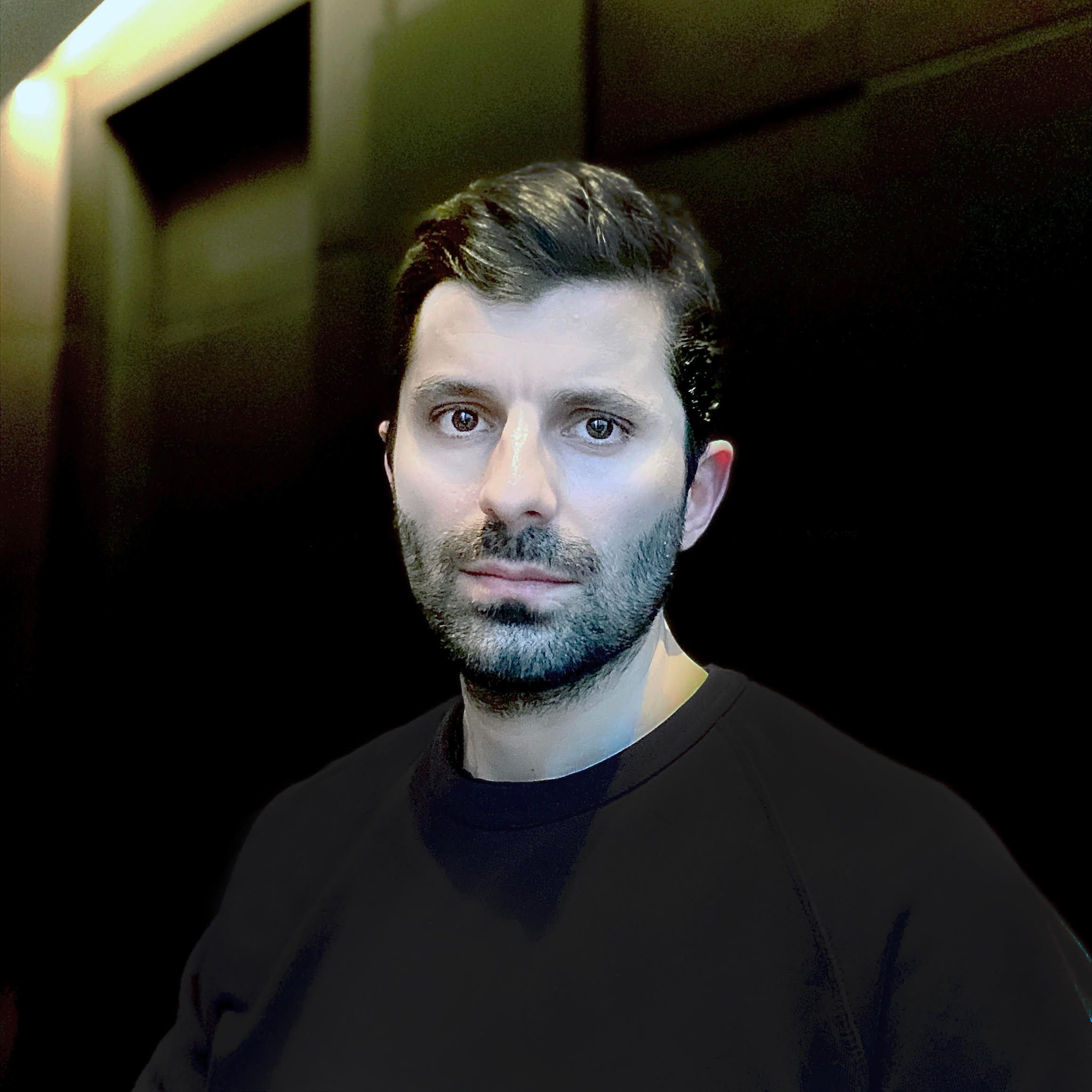"Is This How Our Story is Due to End?" #COP26
by
November 26th, 2021
Audio Presented by

Zak Oganian is a drinks industry entrepreneur, with over 12 years of extensive experience in brand ownership.
About Author
Zak Oganian is a drinks industry entrepreneur, with over 12 years of extensive experience in brand ownership.